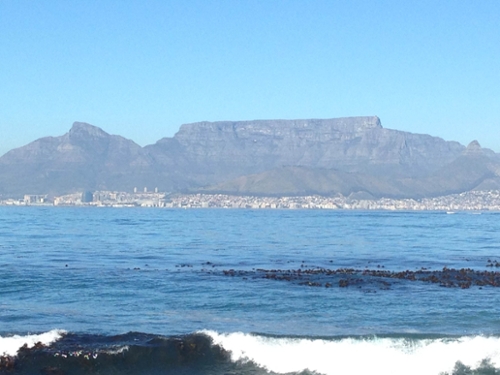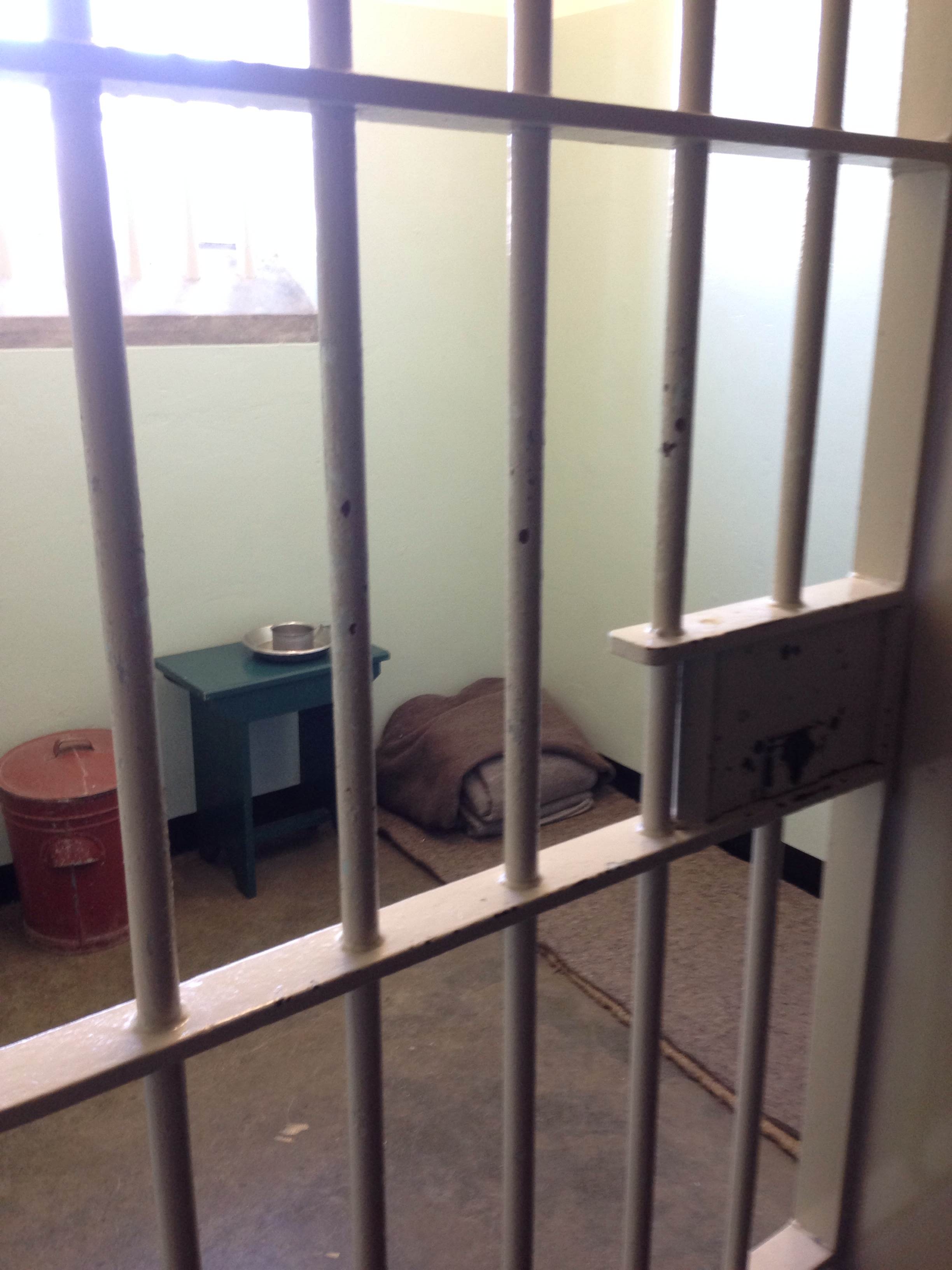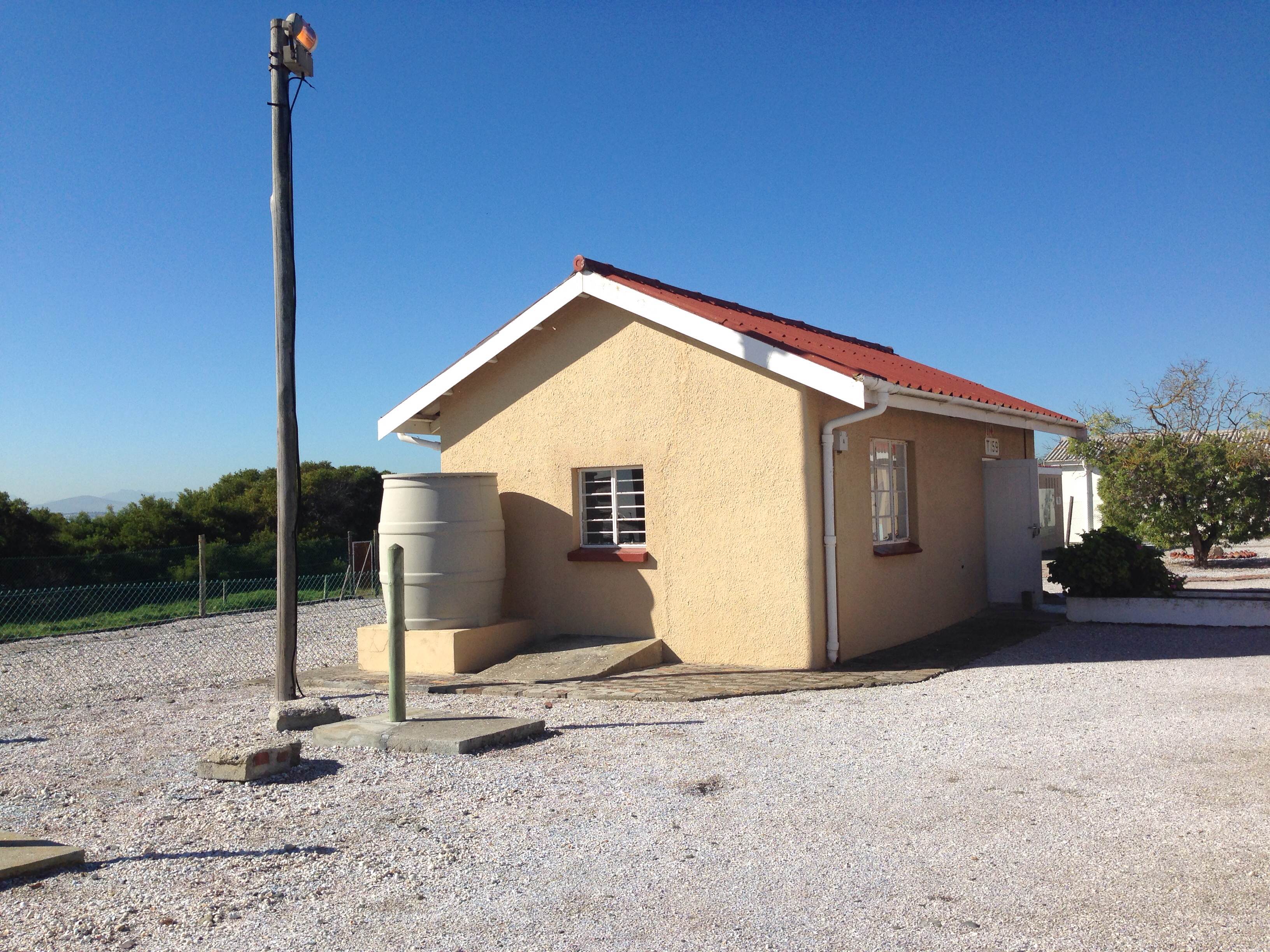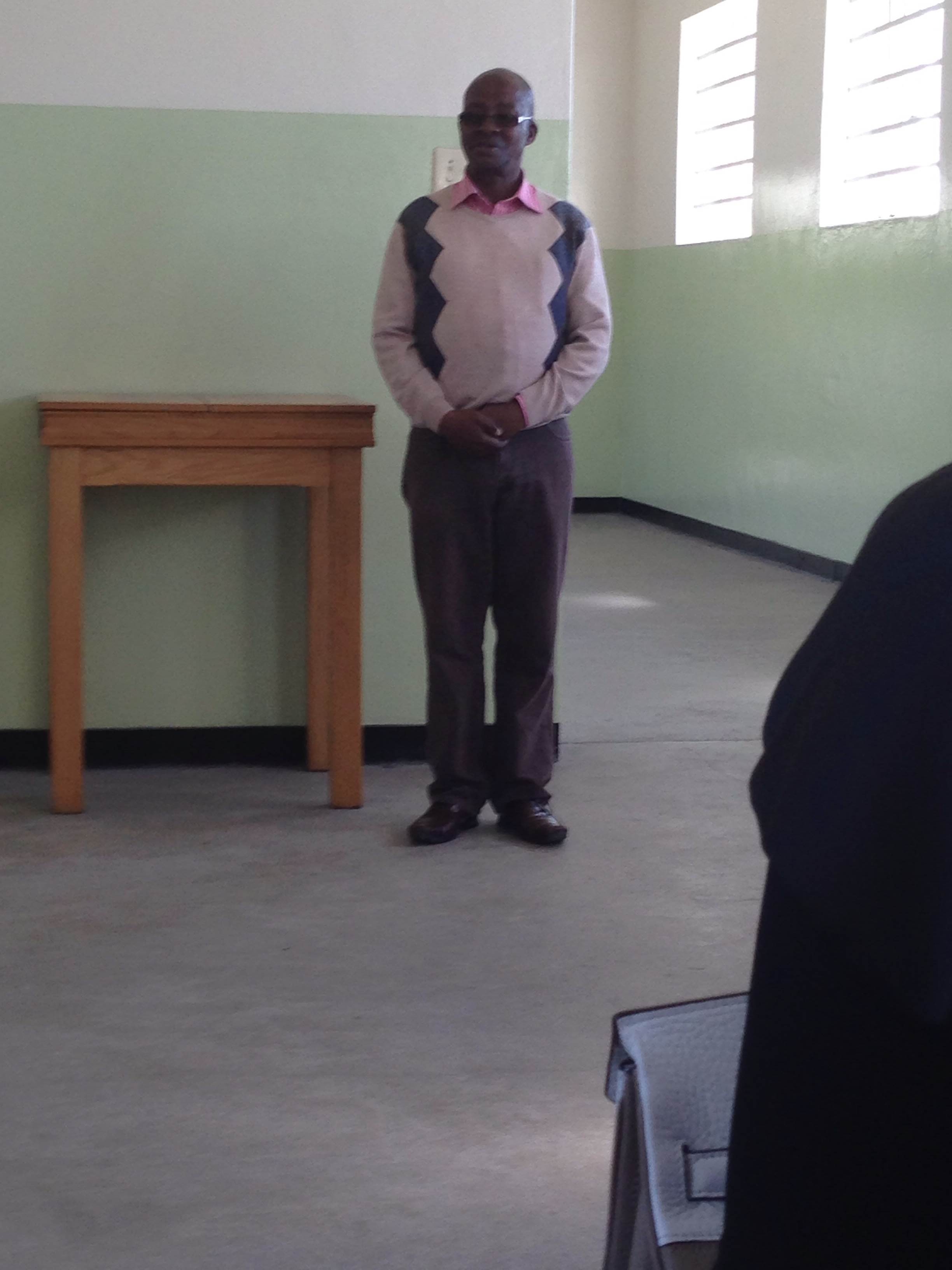Robben Island: Reconciliation in Action
After weeks of aggressive weather app interactions, Meghan and I finally got lucky: it was going to be a sunny day in Capetown. Immediately we checked the Robben Island Museum website for tickets for the ferry to the infamous prison where Nelson Mandela and his comrades were incarcerated. Our luck held out, and we found two seats on the morning ferry (unlike the last several weeks where ferries had been fully booked at all time slots).

 Robben Island is an important place to visit for South Africans and visitors alike. It represents not only the struggles of the apartheid era and its heroes, but also symbolizes reconciliation and the strength of unity. Unlike twenty years ago, the travellers on the ferry were eager to set foot on the island and begin their journey into the former fortress. The first part of the tour was led by a man whose family lives on the island. They are a part of a full community of men and women who dedicate their lives to preserving the island, both its history and biodiversity.
Robben Island is an important place to visit for South Africans and visitors alike. It represents not only the struggles of the apartheid era and its heroes, but also symbolizes reconciliation and the strength of unity. Unlike twenty years ago, the travellers on the ferry were eager to set foot on the island and begin their journey into the former fortress. The first part of the tour was led by a man whose family lives on the island. They are a part of a full community of men and women who dedicate their lives to preserving the island, both its history and biodiversity.
The bus tour began at the Robert Subukwe home, the two-room building where the Pan Africanist Congress founder was imprisoned for six years in solitary confinement. In fact, he was the only prisoner to have his incarceration reiterated annually by law through the “Sobukwe Act,” which was a part of the General Law Amendment Act. It allowed the Minister of Justice to prolong the detention of any political prisoner indefinitely. However, the clause was only used to keep Subukwe behind bars. In his “home” on Robben Island, the museum had preserved Subukwe’s letters and books. Despite his isolation from other prisoners, Subukwe was allowed to study and earned an economics degree from the University of London.
After touring Subukwe’s two room isolation cell, the bus moved onto the main fortress where the rest of the prisoners, including Nelson Mandela were kept. This part of the tour was led by a former political prisoner. It was overwhelming to see a man who had sacrificed years of his life for the struggle to volunteer more of his time within the four walls of the prison to educate others. His dedication was inspiring, and inner strength formidable. Not only does he step back into his own nightmare several times daily, he lives and works among his former oppressors. Former prison guards also live in the village, and work with the museum.
 The cooperation between former prisoners and guards represents the spirit of reconciliation that permeates throughout South Africa. Reconciliation as a part of transitional justice is one aspect I closely studied at my internship with CSVR. The methods used to allow societies that have suffered periods of conflict to live amiably among one another are palpable at Robben Island. The experience helped me refocus on my work with CSVR, and realize that the effects of such research are interwoven into the lives of millions of people around me in Capetown.
The cooperation between former prisoners and guards represents the spirit of reconciliation that permeates throughout South Africa. Reconciliation as a part of transitional justice is one aspect I closely studied at my internship with CSVR. The methods used to allow societies that have suffered periods of conflict to live amiably among one another are palpable at Robben Island. The experience helped me refocus on my work with CSVR, and realize that the effects of such research are interwoven into the lives of millions of people around me in Capetown.